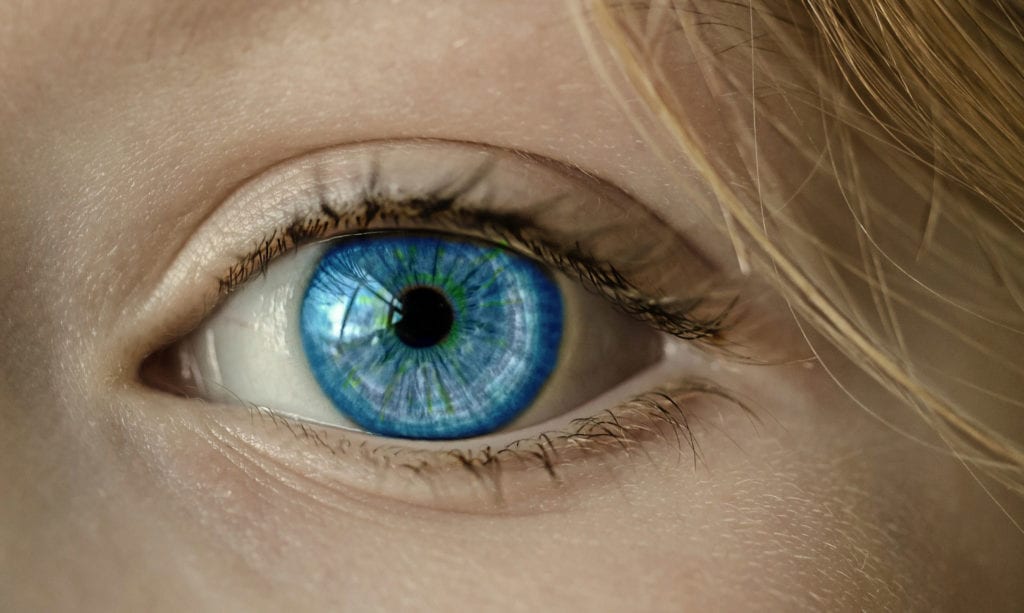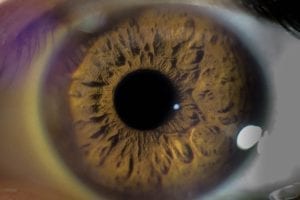If you could use a genetic test to determine your risk of developing a specific condition, would you? Earlier identification and diagnosis is crucial in improving patient outcomes, as well as treating and managing conditions. In a news release from June 2, 2021, gene therapy and molecular diagnostics leader Avellino Lab USA, Inc. (“Avellino”) shared that its technology AvaGen, The Genetic Eye Test, is now available throughout the United States. AvaGen allows patients to determine their risk of developing keratoconus or other corneal dystrophies.
AvaGen
Altogether, the AvaGen genetic eye test is the first of its kind. According to the Avellino website, AvaGen:
quantifies the risk or presence of keratoconus and other corneal genetic disorders caused by gene variants. AvaGen delivers a valuable tool for early and accurate decision-making that protects vision for patients and their families.
Outside of keratoconus, the AvaGen test can diagnose Reis-Bucklers corneal dystrophy, Theill-Behnke corneal dystrophy, granular corneal dystrophy types 1 and 2, and lattice corneal dystrophy type 1. To do this, the test evaluates TGFBI gene mutations. For keratoconus, AvaGen evaluates 75 genes and over 2,000 genetic variants related to keratoconus. Through this, the test creates a genetic risk score to inform early diagnosis and management.
Ultimately, this can be extremely beneficial for patients and medical providers. For example, Dr. Elizabeth Yeu, MD, uses AvaGen when she is examining patients with a family history of keratoconus; those with thin corneas or abnormal corneal curvatures; and those with astigmatism. By understanding a patient’s genetic background, doctors are better able to determine treatment decisions. Since current imaging tools often misdiagnose keratoconus, AvaGen offers a more targeted diagnostic tool.
How to Use AvaGen
To use AvaGen, patients swab their cheek and send the swab to Avellino. Next, an eye care professional analyzes the swab. Results are determined within a few days and reported back to patients. Next, patients are able to learn about their results, talk to their doctors, and even receive genetic counseling.
Ultimately, Avellino hopes that AvaGen will allow patients with keratoconus or corneal dystrophies to receive earlier treatment. For example, corneal cross-linking treatment can slow (or stop) keratoconus progression. It also allows patients to retain vision. This treatment is often required in early stages of the condition. Thus, AvaGen allows patients to receive this treatment when needed – and not after vision has already been lost.
 Keratoconus
Keratoconus
Keratoconus is a vision disorder in which the cornea, or the clear and dome-shaped surface of the eye, thins and bulges out in a conical shape. Altogether, doctors are unsure what causes this condition. However, many believe that keratoconus results from a mix of environmental and genetic factors. An estimated 1 in every 10 patients with keratoconus also has a family history of the condition. Those with certain conditions, such as Marfan syndrome or Leber congenital amaurosis, are also at a higher risk of developing keratoconus.
Typically, keratoconus symptoms appear during teenage years. However, it can form in adulthood, although it is more rare for symptoms to appear after age 40. Keratoconus also affects those of Black or Latinx backgrounds at a higher rate. Symptoms include:
- Sudden worsening or clouding of vision
- Nearsightedness
- A frequent need to update eye prescriptions
- “Halos” around bright lights
- Increased light sensitivity
- Blurred or distorted vision
- Corneal scarring
Learn more about keratoconus.







